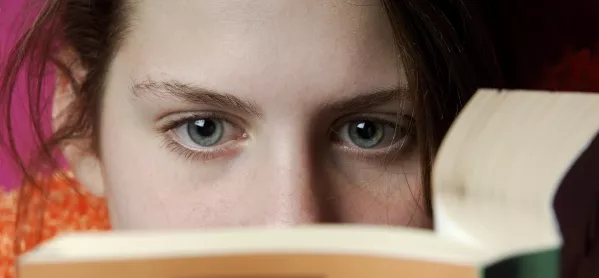It’s hard to admit, but we teachers aren’t so different from the kids we teach. Like them, we make mistakes and need time to reflect; we like working to time limits and being praised for a job well done; and yes, we switch off if you talk at us from a PowerPoint for hours.
And just like the kids, we don’t have all of the answers. No matter how practised we are at “adulting”, all of us have to ask for help occasionally.
Moreover, when the discussion turns to mental health and happiness, us grown-ups can learn a great deal from what is being taught to children.
So, if you’re looking to increase your daily happiness, but have neither the time nor will to read a hefty self-help book, here are two simple ideas taken from children’s books that you can apply to your life.
Ask yourself: “Am I hoarding thoughts?”
From What to Do When Your Brain Gets Stuck: A Kids’ Guide to Overcoming OCD by Dawn Huebner (2007).
Huebner’s book offers up an analogy that I’ve used countless times when teaching mindfulness to children: she invites children to think of all the dustbins that are positioned throughout their homes and to imagine what would happen if nothing was ever thrown out - if empty crisp packets, yoghurt cartons and toilet roll tubes were all valued and saved.
Of course, this paints an unpleasant image of a house in a state of chaos, in which every simple journey is hindered by the sheer amount of “stuff” we are clinging on to.
Huebner suggests that our brains are like our homes: when thoughts come in, we have to decide which ones are worth saving and which ones are fit for the bin. When I introduce this in class, I ask children to write down six thoughts that have popped into their head that day. Then, we go through them, deciding what we need and what we don’t. This is a great exercise for adults too. Don’t believe me? Try it!
We can’t control the thoughts that come into our heads, but we can control what we keep hold of. Learn to notice your thoughts and discriminate between what’s useful and useless. Do this and you’ll become the master of your thoughts, rather than their servant.
Ask yourself: “How full is your bucket?”
From How Full Is Your Bucket? For Kids by Tom Rath (2016).
In this gorgeous little book, a boy called Felix realises that everyone has an invisible bucket above their heads, filled with happiness.
When our bucket is completely full, we’re “breaking up for summer” happy. But the lower the level of the bucket’s contents, the more our mood turns towards “staff meeting still happening at 6pm” misery.
Felix notices how every interaction in a day either fills or empties his bucket, and how his words and actions can cause the buckets of others to fill up or to drain. Once he has understood that every moment and interaction matters, he soon learns to become a great bucket-filler. He also discovers that filling someone else’s bucket also fills his own.
So each day, ask yourself: How full is my bucket? What happened to fill or empty it? Am I inadvertently draining my bucket? And, perhaps most importantly: what have I done to fill the buckets of others today?
Remember that you are likely to get more of whatever you focus on. So, focusing on how overwhelmed and miserable you are will only make you feel more overwhelmed and miserable. But focusing instead on what you can do for others will take the negative spotlight away from you and your woes, while also allowing you to contribute to the daily happiness of those around you.
Jo Steer is a teacher and experienced leader of SEND interventions and wellbeing strategies.




